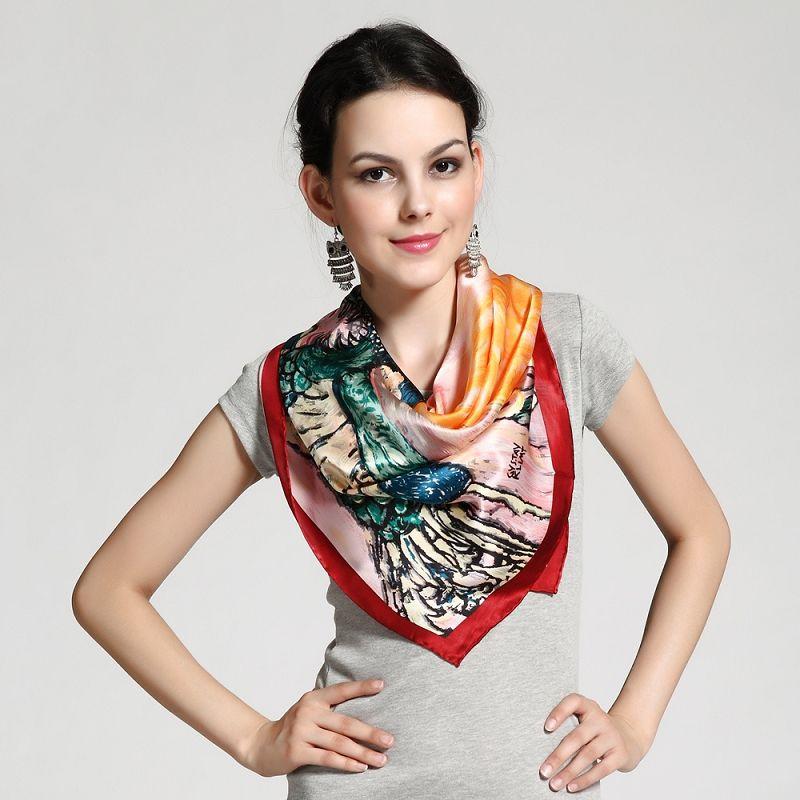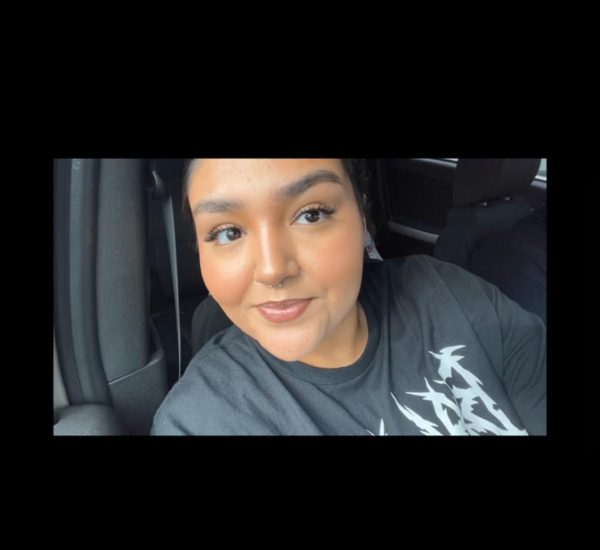Does This Outfit Make Me Look Rude?
September 4, 2014
Not to be pretentious by invoking Shakespeare, but sometimes when I’m at Dunkin’ Donuts, I think of his quote from “Hamlet” about clothing: “The apparel oft proclaims the man.”
What is the guy in front of me in line proclaiming with his pajama bottoms? And the woman behind me in an oversize white tank top that shows every inch of her black bra, what is her proclamation? Is the guy revealing 80 percent of his boxers sending a message?
There is a lot of fashion advice today from books, blogs, and TV shows. But we need less advice on our color palettes and more guidance on what is just plain inappropriate to wear out in the world. We have lost the subtle internal rule book that tells one not to show up at a nice restaurant in a dirty T-shirt, flip-flops, and ripped jeans; not to wear a skirt the size of a dish towel to school or a religious sanctuary; and not, not, not to feel the need to reveal one’s underwear to the public.
In 1970, my friends and I shivered at the bus stop in rural Wisconsin wearing skirts and knee socks because the school dress code did not allow girls to wear pants, even if it was 10 degrees out. I railed against that oppressive set of rules, but now sometimes I long for at least some boundaries in terms of how people dress. Today, the young and not-so-young too often clad themselves in a way that shows a lack of respect for an occasion. In the world of etiquette, that’s impolite.
A funeral isn’t the place for a miniskirt and 5-inch designer heels. A lot of cleavage may play on the Oscar red carpet or your honeymoon, but it’s not appropriate for a Tuesday morning at the office or in school. In fact, it’s bad manners.
Stephen Gambescia, an associate professor in Drexel’s College of Nursing and Health Professionals and assistant dean of academic and student affairs, wears a coat and tie every day as a quiet message to students.
“They need to understand to put the ‘bar,’ if you will, higher,” he said. “The measure is not if people will or will not object to the way you dress, it is asking yourself if there is a risk that people may object to what you are wearing. If there is a risk, change. Even if you believe the boss, teacher, or customer is oversensitive. Why risk the bad or questionable impression?
“So, I guess, from a faculty perspective, I am less concerned about specific clothing than the context of what is being worn when, to where, and with whom.”
Carolyn Verdi, owner of Carolyn Verdi Boutique on Pine Street, said, “One of my biggest pet peeves is people not dressing properly. I’m amazed how people dress. There will be a nice venue for a wedding and men and women show up in a casual shirt and pants.” Even on New Year’s Eve, people line up at lovely restaurants in sweatshirts and baseball hats. “There’s a place for that,” she said, but not on a dressy occasion.
People are so clueless about what’s appropriate that sometimes guests need specific instructions on how to dress, said Christina Maddox, owner of Heaven Sent Wedding Consultants in Philadelphia.
“Often I tell brides and grooms, you should know your family, and if they will dress like that, put ‘formal’ or ‘semiformal’ on the invitation,” she said. “Sometimes you see dresses so short, they are just below the behind, or women come to a wedding dressed in all white. Who does that? The gall of these women to do that.”
Yet even leaders in a community are uncomfortable telling people that their clothing is inappropriate.
Richard Address, senior rabbi of Congregation M’Kor Shalom in Cherry Hill, N.J., has seen a change in the way people dress for religious services in his 30 years as a rabbi. Now, many services have adapted and allow a more casual dress, including congregations meeting in the summer and close to the Jersey Shore, and that is acceptable, he said. “Yet, there are also times when the reverse is true and, to show respect for the service, the tradition, and the moment, appropriate dress is preferred.”
Good manners dictate that we at least stand in the mirror for one minute before we head out the door and ask this question:
Does this outfit make me look rude?
———
(Debra Nussbaum is an adjunct journalism professor at Rowan University. Contact her at[email protected].)
———
©2013 The Philadelphia Inquirer
Visit The Philadelphia Inquirer at www.philly.com
Distributed by MCT Information Services
















